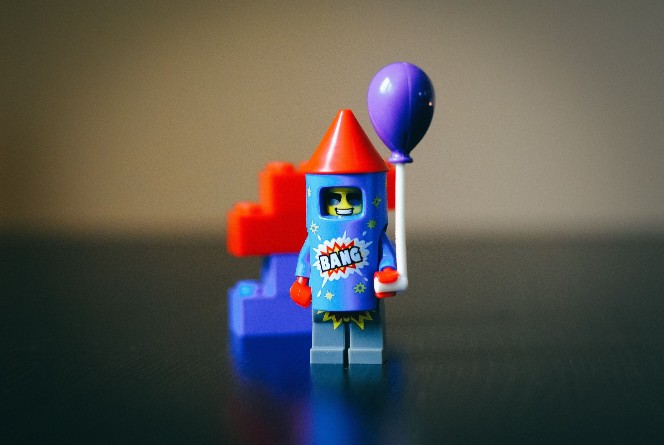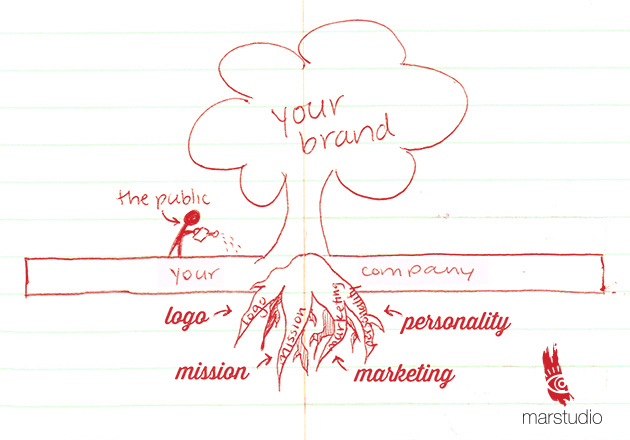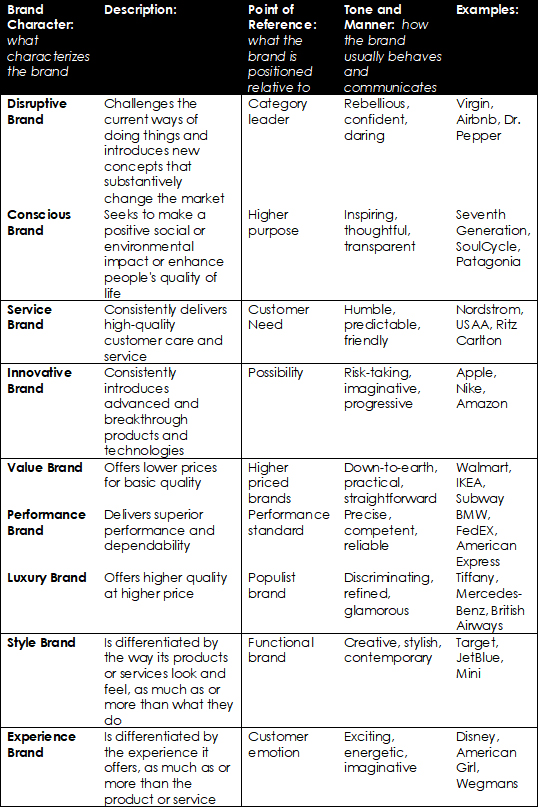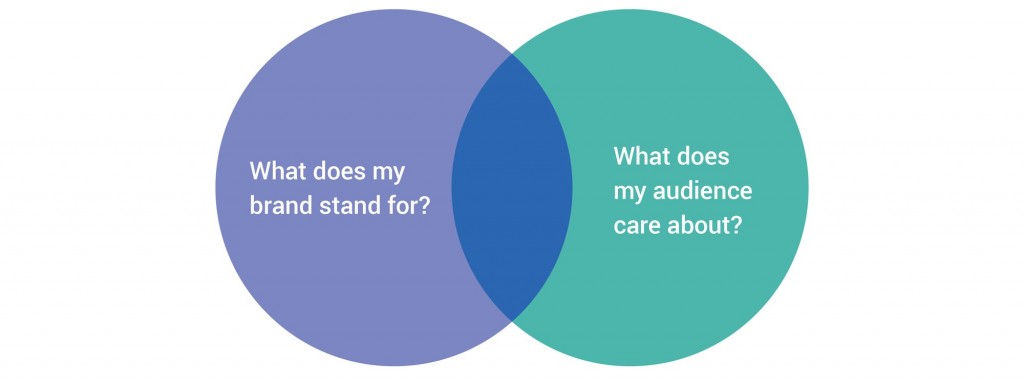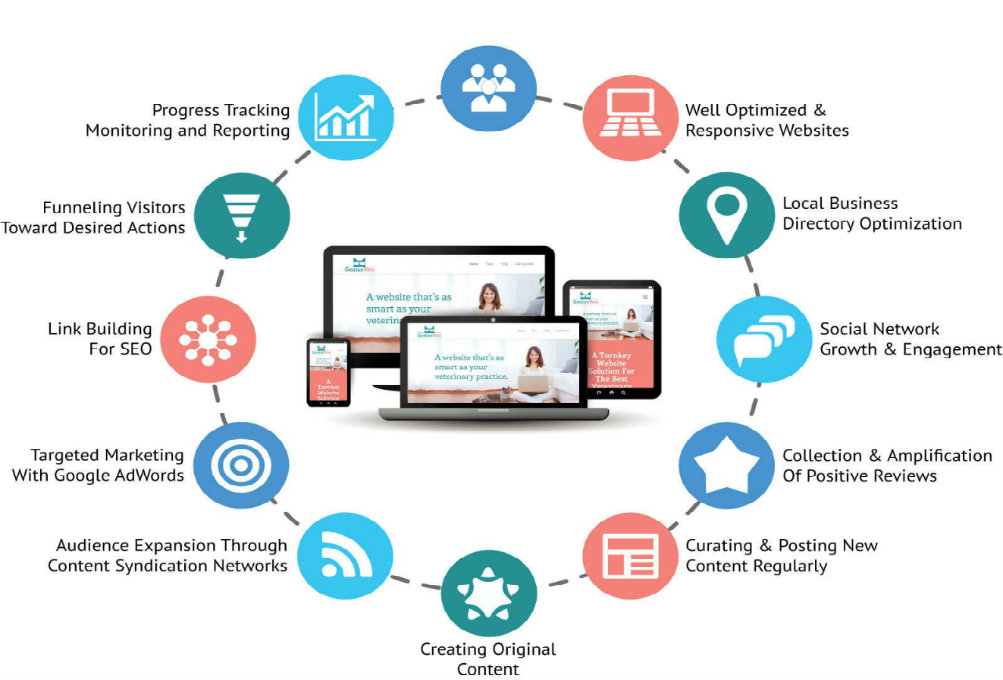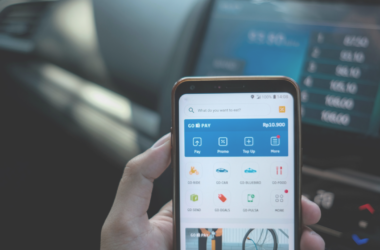Last updated on January 1st, 2022
Every brand is different from the other so we cannot use the same types of content for every brand. Finding the right content for your brand is like finding a right key that unlocks the door to your brand. Your readers must be able to connect the content to your brand. To successfully match the ideal types of content to your content marketing strategy and your brand we must be clear of the base of what a brand and what are the various types of brands.
What is a brand? A brand is a name, concept, service, term, design or other features that together distinguishes an organisation or a product from its competitors for a customer. It helps the company or the product stand out. According to advertising copywriter and ad agency founder David Ogilvy’s definition of a brand is “The intangible sum of a product’s attributes: its name, packaging, and price, its history, its reputation, and the way it’s advertised.”
Source: Marstudio
Now Lets Identify your Brand
There are different types of brands, it is necessary to identify your type of brand so you can jumpstart the development of your brand strategy by identifying the one that’s right for you. By selecting one type for your brand, you’re more likely to end up with a powerful brand strategy. Denise Lee Yohn, a brand leadership expert has classified brands in nine major categories, labelled by what characterizes or differentiates them the most from the others. They are as follows:
1. Disruptive Brand: A Disruptive brand challenges the current ways of doing things and introduces new concepts that substantively change the market.
2. Conscious Brand: A Conscious brand is on a mission to make a positive social or environmental impact or enhance people’s quality of life.
3. Service Brand: A Service brand consistently delivers high-quality customer care and service.
4. Innovative Brand: An Innovative brand consistently introduces advanced and breakthrough products and technologies.
5. Value Brand: A value brand offers lower prices for basic quality.
6. Performance Brand: A Performance brand offers products that deliver superior performance and dependability.
7. Luxury Brand: A Luxury brand offers higher quality at higher price.
8. Style Brand: A Style brand is differentiated through the way its products or services look and feel, as much as or more than what they do.
9. Experience Brand: An Experience brand is differentiated through the experience it provides, as much as or more than the product or service. Here’s an image that will help you identify your brand better.
Source: deniseleeyohn.com
There are 5 guidelines to be followed to classify your brand in one of these nine categories:
- There are some characteristics that need to be and should be followed by all types of brands i.e. All brands should offer good service to their customers even brands not in the Service Brand. Service brand’s strategies, operations, and ultimately customer value propositions are all centered around service first. This puts added pressure on the Service Brands to deliver high quality customer care and service consistently.
- Identify your primary brand type, even though there maybe two or three brand types that might seem relevant to your brand type. A Primary brand type should be the one that aligns best with your brand’s goal resonates most with your organization, and gives you the most impact with your customers.
- Pick a brand type which is seems most evergreen or sustainable as your brand type has chances of evolving over the years with change in trends, culture, competitors and growth of customers.
- You might want to evolve your brand over the years to another brand type but the plans about such should be realistic as a value brand is likely to become a luxury brand.
- The difference between the purpose, scope, target customer and personality between different performance brands must be considered. Brand should establish an unique brand identity and a precise brand position for your brand.
Identifying the type of your brand will not only help find the ideal content of it but will also determine the audience or customers your brand caters to which makes it easier to create content. A Luxury Brand and a Value Brand will have a different set of customers therefore their content strategy will be different too.
What Types of Content are there?
Source: NewsVend
Content Marketing goes beyond just traditional business blogs and social media marketing. Yes, they are an essential part of it but there is way more to it than just that. It is essential to know the various types of content so you can match the ideal one with your brand type. Here are nine different types of content:
1) Blogging: Apart from being a traditional content type it is also the most effective content which makes it the most used content type therefore the first on this list. Blogs makes the central marketing strategy for many brands. They aren’t much time consuming and are relatively low cost. They attract a lot of audience and form a base of loyal readership by building a relationship with your readers. Maintaining a consistent blog with frequent, high quality posts can drive significant amount of traffic to your website. One must avoid these common mistakes while blogging:
- Not posting regularly
- Not optimizing your blog for leads or sales
- Not linking to your own content
- Ignoring keywords
2) White papers: White papers are content type filled with information that contains data and solutions about a specific subject. White Papers focus on details and help build respect among their readers. Being it a filled it information a white paper takes a longer time to write and is a bit more expensive than a typical blog. White Papers are meant to focus on a very specific problem and then offer a solution to the problem. A white paper comes a long way to create your brand and sell your product.
3) Case Studies: A content marketing case study explains what your product or service is and how it helped a client. They are in-depth examinations covering a specific scenario or an example, which should provide both knowledge and actionable information. A case study basically says, “Here is what we do, how we do it, and the results we get.” Case studies are highly sharable and unique as it comprises data of your brand. Your case study should be written in such a way that it doesn’t come off as pure marketing.
Treat your case study like a blog post and use storytelling elements, focusing on the “why” and “how” parts of the equation. A good case study can really be an inspiring “success story.”
4) Long form Content or Guides: Long-form content or Guides is available for free online for the readers. It helps readers build trust as they can depend on your brand for guidance hence increasing the subscribers. Ultimate Guides are one of the best types of long-form content that you can create. Many businesses have them separated from the regular blog. This content won’t just be 1,000 words; it might be 5,000-15,000 words.
There will be several chapters, each on their own URL page. Because of this, they offer immense value. Users don’t have to go anywhere else for information on a subject, because you have literally covered it all. These guides are also free and available online, making them accessible. Remember to break guides down into comprehensible sections, and promote them heavily. You want users to know that they’re there.
5) E-Books: An E-book is a long content compiled together in a PDF usually. E-books are often a downloadable product, available for free in exchange for joining a mailing list. They do take more time and money to make; you can outsource the process to a freelance writer who has experience with writing them. They can be five pages long or thirty pages long, but they must offer value and must offer real solutions. A good design of the E-book is essential. E-books without colours, graphics, and great formatting are considered not worth reading.
6) Info graphics: Info + Graphic, as the name suggests Info graphics present information or data visually. They put a ton of information in one image making it visually interesting and easily digestible. Info graphics are perfect for communicating almost any idea or concept.
Data, research, statistics, and findings work especially well. Info graphics are shared, viewed and loved more. They are a viral potential. As the back link to your info graphic is embedded within it, anyone who shares it properly will give you the valuable back links we all need for our content marketing.
7) Templates & Downloadable Content: Templates and Downloadable content attract a wide range of visitors. They are a great resource for users to utilize again and again. They are not time consuming or require a lot of money to create. Templates and Downloadable content should have a clean organization along with a lot of white spaces, have a concise copy, and include your branding somewhere on it. They can be offered to the readers in an email subscription sign-up and can be promoted at the end of your blogs and videos.
8) Listicles and How-to Content: Most articles you read these days on the internet do have lists. List appeals to masses. Even if a visitor doesn’t want to read the whole article, they can scroll through it and still get information. They are the most convenient content to read. One cannot go wrong with this content type. The more detailed your list is, the better.
How-To Content is also extremely popular. It drives the curiosity and the want to learn something in the readers. One must identify a problem and then come up with a solution for it. You can never run out of How-To content and this type of explained content could be put up daily with diagrams, videos and pictures to enhance it.
9) Videos: Most users prefer watching a video than reading a long post. They are engaging a nd ever changing. This is particularly true for both tutorials and product content; 4x more users would rather watch a video about a product than read about it. Done well, a video can be extraordinarily persuasive.
These types of content can be used for social media marketing. The easiest way to use them in your content marketing is to upload them to YouTube, coordinate them with blog posts, and embed them in the relevant posts you write. You could also add a link at the end of the video to send them to your site. Videos aren’t supposed to be long. A good length could be two to three minutes.
Putting videos on sharing sites like YouTube and Vimeo are great ways to improve your search results. Audience Before finding the right content for your brand, an organisation must study their audience. They must be aware of the type of content their audience consumes or will consume.
Younger audience seems to prefer more of Listicles and Videos over white paper and e-books while professionals working would prefer that type of content. This makes it essential for a brand to study and know their audience. Most people prefer to buy from a brand they are familiar with, making it essential for the brand to know their audience’s preferences as familiarity for a brand comes from knowing that they will provide the audience with what they need. Variety of content helps reach out to different types of people. Video content is for social media marketing.
Source: Think with Google
Matching your Brand with the Ideal Content
To find the types of content for your brand, you must be clear about your brand type, audience and the variety of content that is available to you. Let’s say you are a Value Brand or a Conscious Brand which is just starting up. You have specific set of target audience you cater to with not much finances at your disposable for content.
The ideal type of content for you would be Blogs, Listicles and How-Tos related to your product. While for a Luxury Brand, Performance Brand or an Experience Brand, the audience wants to see the product rather read about it therefore Videos are the way to go for them For Innovative Brands like Apple, Amazon etc. they should opt. for long form content, whitepapers and case studies. Disruptive Brands like Zomato, Zostel etc. should consider content such as Info graphics and Blogging. Service Brands can provide their users with E-books and Guides along with Downloadable content whereas Style Brands like Vogue, Koovs etc. resort to Blogging, Listicles and How-Tos as their ideal content.
As a brand you should also be aware of the type of content that meets your goal. The right type of content will have an direct impact on your Brand’s growth. Here are some examples of appropriate content for different situations:
1. Brand awareness: You need to grab your target customer’s attention. Create relevant blog posts, exciting social media content, simple yet informative how-to videos, interesting Info graphics, and Slide Share presentations. Many brands are even creating memes to hook people with humour.
2. Website traffic: You need to drive people to your website and keep them there. Consider long-form content, how-to guides, whitepapers, eBooks, case studies, info graphics, and videos. Offering original information, research, and data will mark you as an expert in your field and keep the visitors rolling in.
3. Lead generation: You need to motivate your customers to fill out a contact form with their personal information. The best types of content for this task include contest submissions, eBook downloads, product demos, and podcasts.
4. Customer retention: You need to keep buyers coming back for more. Get personal with your content, using data to tailor your content and make it relevant for your existing customers. Update your blog regularly, send email updates, and offer coupons for existing customers.
Source: QuantamBooks
Conclusion
A brand will not have only one set of audience. There will be variations in the type of users. Therefore one ideal content type for a brand is not possible in this dynamic world. A brand must mix and match types of content with their brand identity and the need of their audience. People learn differently. Some people are visual learners, while others are more hands-on.
Similarly, certain types of content will appeal more to different people. If you have more than one target audience, mix up your content to meet the needs of different consumers. Consider rotating the content on your blog or creating different landing pages for certain people. They must also realise that there is a lot of “Content” out there but most brands aren’t providing their audience with the right content type.
Creating content takes effort and the effort should be put in consistently. Social Media is not the only channel to put your content and content is not created just to talk about the brand and their product. Just remember the 3 things before selecting your content:
1. The type of your brand.
2. Your goal.
3. Your target audience.





